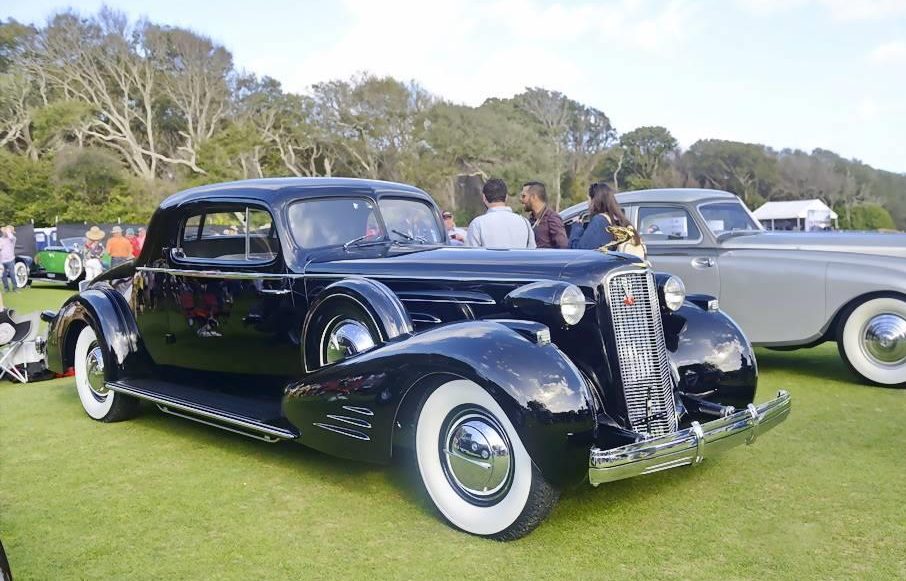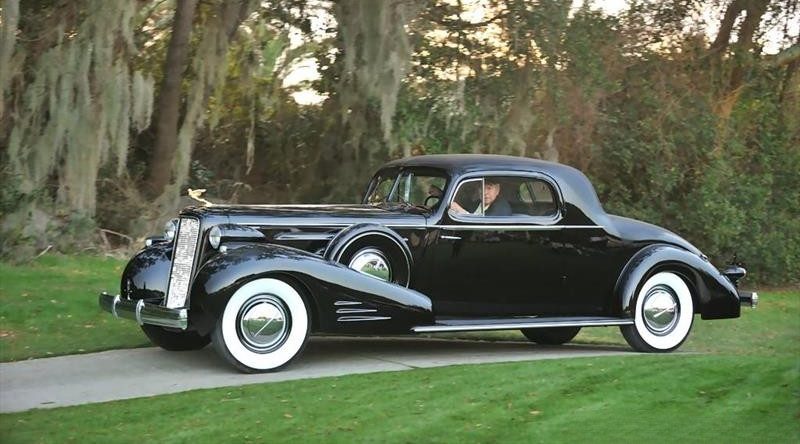Competition and necessity played pivotal roles in shaping the automotive landscape of the 1930s. Duesenberg and Cadillac emerged as prominent figures, driven by fierce competition, while the Great Depression necessitated innovation and adaptation. The Duesenberg Model J showcased its formidable power derived from racing heritage, while the Cadillac V16 earned acclaim for its unparalleled smoothness and silent operation. This groundbreaking vehicle redefined automobile design standards, compelling other manufacturers to strive for excellence in order to compete. Concurrently, General Motors dealt another blow with the introduction of the Cadillac V12, further solidifying their dominance. Cadillac’s lineup, encompassing V8, V12, and V16 engines, spanned the entire luxury car market, catering to discerning buyers.

At the heart of the Cadillac Model 452 resided its revolutionary sixteen-cylinder engine, capable of generating up to 185 horsepower. This remarkable powerplant boasted a 452 cubic-inch displacement, a slender 45-degree V-angle, overhead valves, hydraulic valve lifters, and was masterfully crafted by Owen Nacker for the 1930 season. The engine’s development had commenced in 1926 and remained shrouded in secrecy for several years.
While many luxury automakers relied on external companies to create exquisite coachwork for their chassis, General Motors preferred an in-house approach to maintain meticulous quality control throughout the production process. To achieve this, they acquired coachbuilders Fleetwood Metal Body and Fisher Body, collaborating with Cadillac’s chief, Larry Fisher, and GM’s stylist, Harley Earl, to create captivating designs. The 1930 V-16 model featured ten core body styles within Fleetwood’s catalog, accompanied by approximately thirty additional designer drawings. It is estimated that Fleetwood and Fisher, working on the Sixteen chassis, built around 70 distinct job/style numbers.

The devastating Wall Street Crash, also known as the Great Crash, unfolded in the fall of 1929, triggering a significant collapse in share prices on the New York Stock Exchange. This catastrophic event led to the largest stock sell-off in U.S. history. Notably, Black Thursday on October 24th, 1929, and Black Tuesday on October 29th, 1929, witnessed investors trading approximately 16 million shares in a single day, exacerbating the crisis. These events precipitated a severe global economic depression, known as the Great Depression.

It was against this backdrop that Cadillac announced its most expensive offering to date, the new V-16 Series 452. Despite the unfortunate timing and the vehicle’s high retail price, production continued to escalate. In early January 1930, Cadillac produced a few cars per day, but the numbers swiftly rose to twenty-two by April and doubled by June. However, as the market conditions worsened, evident from a mere 54 cars produced in October, the production levels became unsustainable. Demand dwindled, resulting in only seven units assembled in August 1931 and six in November 1931. Throughout its production lifespan, production remained low, with only 50 examples manufactured in both 1935 and 1937. A slight increase occurred in 1940, totaling 51 units.

Cadillac later acknowledged that each sold vehicle incurred a financial loss. Nevertheless, the true value of the V-16 lay in its position as the epitome of luxury cars. In 1933, the model underwent a redesign, becoming the 452C and incorporating Fisher’s innovative individually controlled ventilation (I.C.V.) or vent windows. Another redesign followed in 1934 with the 452D, and then the 452E in 1935. At this stage, the V-16 featured the Fisher Turret Top, an all-steel roof, while Fleetwood continued to construct the cars.
The combined 1934 and 1935 model years saw Cadillac produce 150 V-16 models, succeeded by 52 examples in 1936. The 1936 model was designated as the Series 90 (the V-12 became the Series 80 and 85), and the 1937 models introduced hydraulic brakes.

Between 1938 and 1940, the ‘Series 90’ received a new L-head V-16 engine. This refined powerplant featured a 431 cubic-inch displacement, an in-block valve design, twin carburetors, twin fuel and water pumps, twin distributors, a nine main bearing crankshaft, and a wider 135-degree V-angle. While the horsepower output remained at 185, the engine operated nearly silently at idle and delivered exceptional smoothness. Production continued until December 1939, culminating in a total of 4,076 units produced during its eleven-year tenure.



